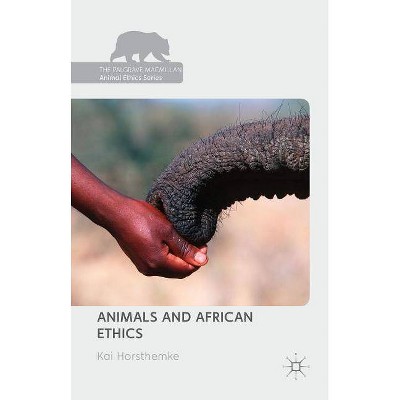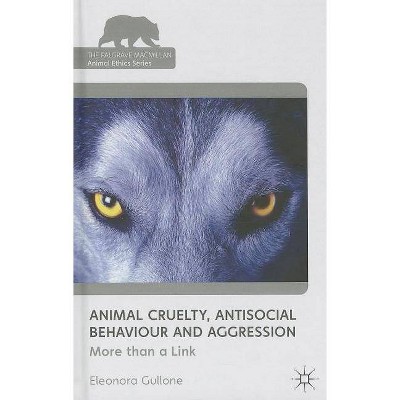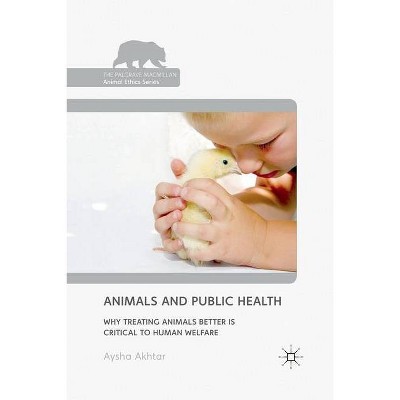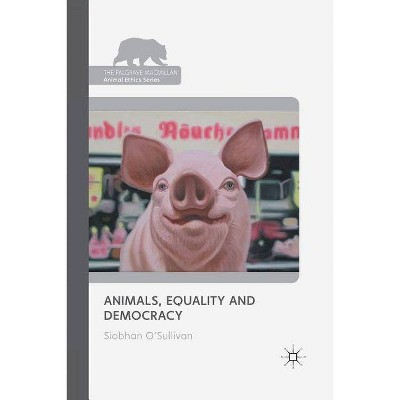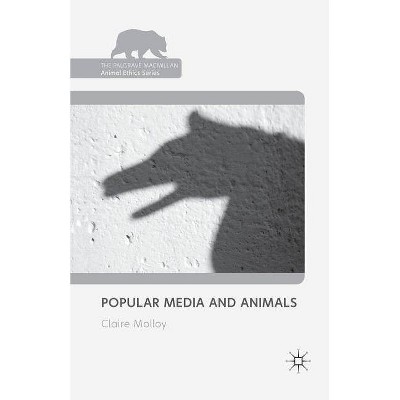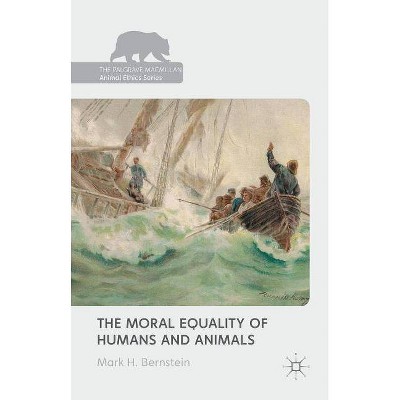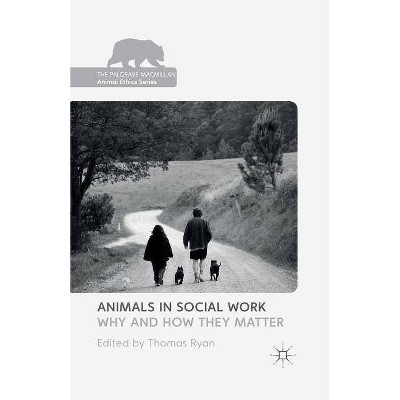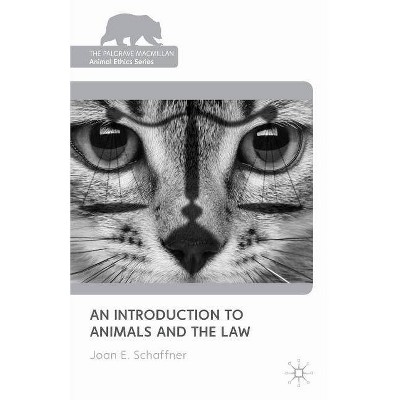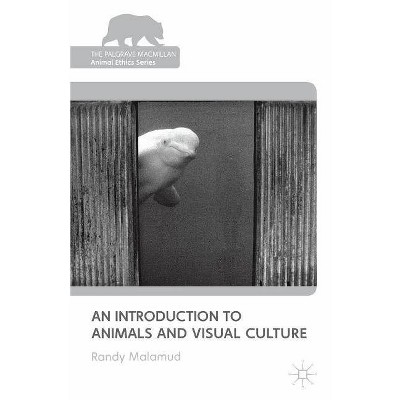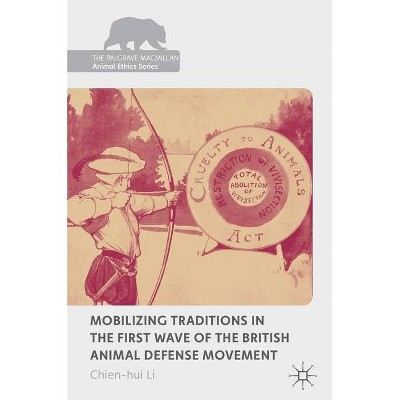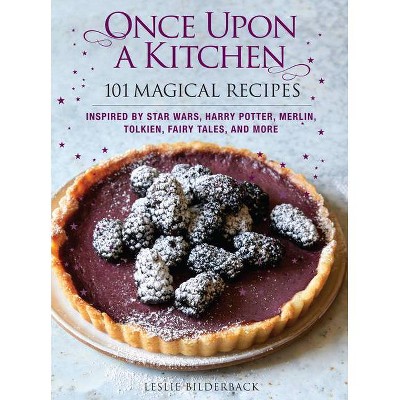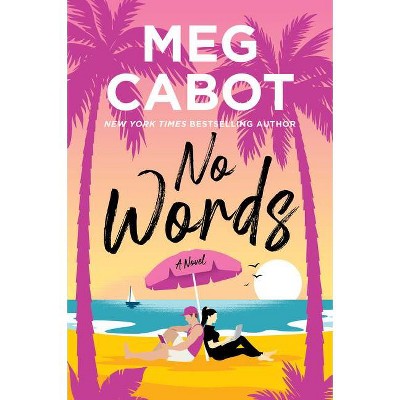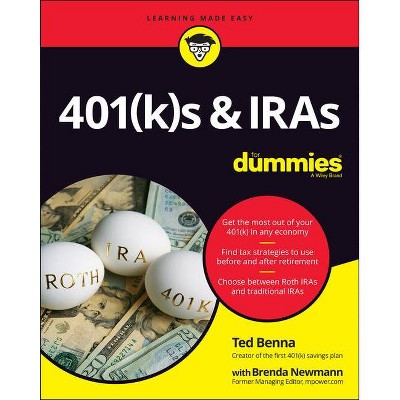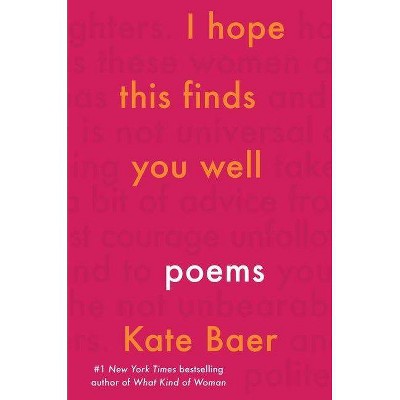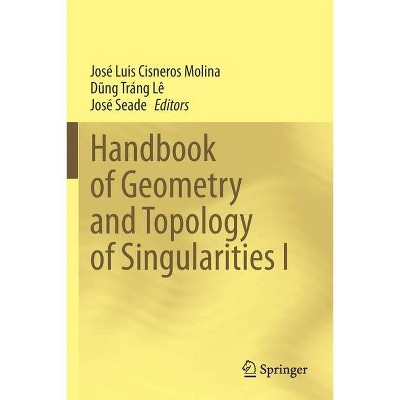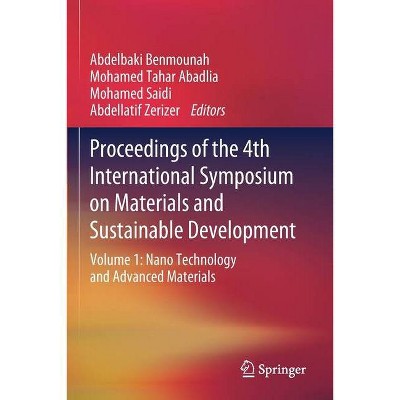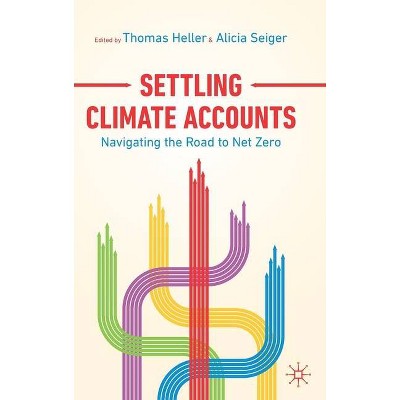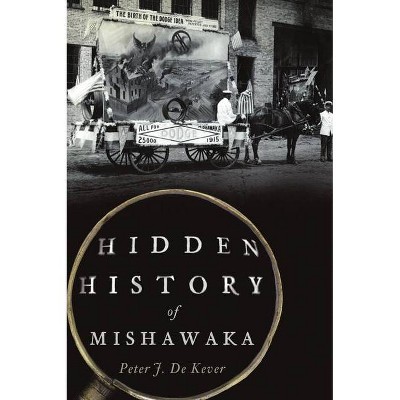Art, Ethics and the Human-Animal Relationship - (Palgrave MacMillan Animal Ethics) by Linda Johnson (Hardcover)
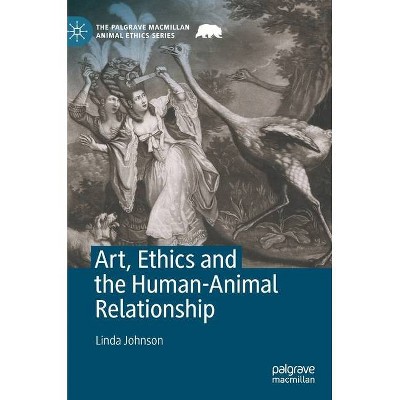
Similar Products
Products of same category from the store
AllProduct info
<p/><br></br><p><b> Book Synopsis </b></p></br></br>This book examines the works of major artists between the seventeenth and nineteenth centuries, as important barometers of individual and collective values toward non-human life. Once viewed as merely representational, these works can also be read as tangential or morally instrumental by way of formal analysis and critical theories. Chapter Two demonstrates the discrimination toward large and small felines in Genesis and The Book of Revelation. Chapter Three explores the cruel capture of free roaming animals and how artists depicted their furs, feathers and shells in costume as symbols of virtue and vice. Chapter Four identifies speciest beliefs between donkeys and horses. Chapter Five explores the altered Dutch kitchen spaces and disguised food animals in various culinary constructs in still life painting. Chapter Six explores the animal substances embedded in pigments. Chapter Seven examines animals in absentia-in the crafting of brushes. The book concludes with the fish paintings of William Merritt Chase whose glazing techniques demonstrate an artistic approach that honors fishes as sentient beings.<p/><br></br><p><b> From the Back Cover </b></p></br></br><p>'An outstanding work. Brilliant, scholarly, and insightful. Linda Johnson has established herself as the leading art historian of our complex relationship with animals. Her work shows how art can enhance as well as denigrate the status of other species. She has opened up a whole new field of artistic endeavour.'</p><p>- Professor Andrew Linzey, Director of the Oxford Centre for Animal Ethics, UK</p><br>This book examines the works of major artists between the seventeenth and nineteenth centuries, as important barometers of individual and collective values toward non-human life. Once viewed as merely representational, these works can also be read as tangential or morally instrumental by way of formal analysis and critical theories. Chapter Two demonstrates the discrimination toward large and small felines in Genesis and The Book of Revelation. Chapter Three explores the cruel capture of free roaming animals and how artists depicted their furs, feathers and shells in costume as symbols of virtue and vice. Chapter Four identifies speciest beliefs between donkeys and horses. Chapter Five explores the altered Dutch kitchen spaces and disguised food animals in various culinary constructs in still life painting. Chapter Six explores the animal substances embedded in pigments. Chapter Seven examines animals in absentia-in the crafting of brushes. The book concludes with the fish paintings of William Merritt Chase whose glazing techniques demonstrate an artistic approach that honors fishes as sentient beings.<p/><br></br><p><b> About the Author </b></p></br></br>Linda M. Johnson, Curator of Hancock Shaker Village (Living History Museum in Massachusetts, USA). Johnson's research and teaching focus has been in American and European Art History at the University of Michigan-Flint, USA, and The Massachusetts College of Liberal Arts, USA. She is a Senior Fellow at the Oxford Centre for Animal Ethics, UK. Publications include "Increase Mather: A Pre-Millennial Portrait During the Revocation of the Massachusetts Charter" in <i>American Literature and the New Puritan Studies</i>, (2018).<br>
Price History
Price Archive shows prices from various stores, lets you see history and find the cheapest. There is no actual sale on the website. For all support, inquiry and suggestion messages communication@pricearchive.us
